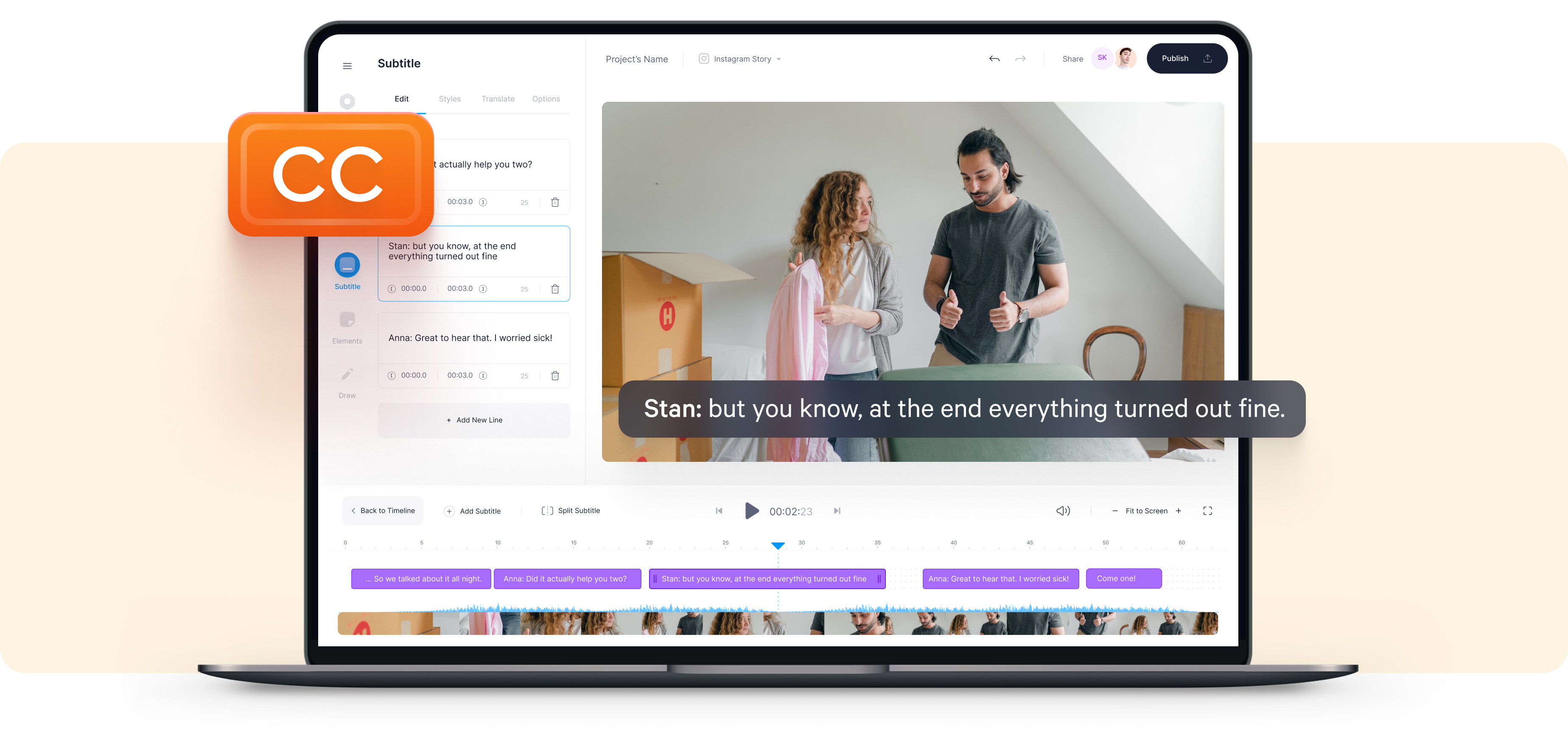
I shoot for about an hour a day which turns out to be about 30 scans a day. In my first progress report, I set a goal for myself to do a little bit of work on my collection every single day. What This Progress Report Is Really About:Įvery month, I am posting a detailed report - just like this one - sharing with you how far I have come with my goal to scan and restore my entire 10,000+ family photo collection.īy doing so, I hope to inspire you to do the same! So this time is only one month and it’ll be a lot shorter. Last month I covered two complete months of scanning, but I learned that was just too much to talk about! Welcome to my third monthly progress report! But if you don't do it, really - who's going to be the voice of all of these memories generations from now? Whichever program you use, I hope you caption your digital photos. If you were to then open up this new file in another program that is able to access IPTC metadata, your captions will be displayed! Cool! And then when you “export” one or more images to use outside of the program, the exported image will then have this caption information saved inside of it. In the “worst” case scenario, your caption is stored in your image manager's project database for safe keeping. However, each image manager handles how and when the caption information is saved to the master image file differently. Your captions will move with your photos where ever you want to take them. But Will All of My Captions Be Trapped in My Image Manager?Ībsolutely not. If you currently aren't using one of these programs, you might want to take a look at my article called “ Use 1 of These 4 Photo Managers If You Care About Your Photo Collection” and see if you would be interested in trying one of them out for your own photo collection.
PHOTO CAPTION SOFTWARE HOW TO
But, since I am always advocating that all of us archiving our photo collections store and edit our scanned photos in “non-destructive” image managers, I'm going to keep things simple and show you how to do it in each of the four managers I think are the best. There are lots of lightweight graphics programs out there that can help you with this.
PHOTO CAPTION SOFTWARE SOFTWARE
It used to be that only professional photographers and journalists had easy access to this “IPTC metadata.” But now, with even the simplest photo software becoming powerful, all of us can now benefit from this technique. The best place to add this information is actually a simple text field (box) that you type into and is then stored inside of your master image files. So then where is the right place to go hog wild and write all about your photographs? Captioning Your Photos See, the filename just isn't the best place for a lengthy description

Strong and precise keywords for sorting and identification work best there.


PHOTO CAPTION SOFTWARE SERIES
In part 2 of my series on how to name your scanned photos, I suggested that the image's filename isn't the best place to save a lengthy description of your photograph. But, now that we are wishing to move our prints, slides and negatives to a digital form in our computer, how do we easily add this information so that it can live with each master image file? With prints, it was easy to record this information by writing the stories by hand on the back. And even if you could, you and your memory aren't going to be on this earth forever. But face it, you probably won't be able to.

Some of us might think we can remember all of the details. I think it's so important that you record these “priceless” descriptions as soon as you can. Sometimes they're so effective, they just seal the emotional experience of being there - as if you were right there when that photograph was taken - even if you weren't! The description (caption) my Mother wrote on the back to be the storyteller for this photoĪh, there's nothing quite like reading a great caption to go along with a special photograph.


 0 kommentar(er)
0 kommentar(er)
